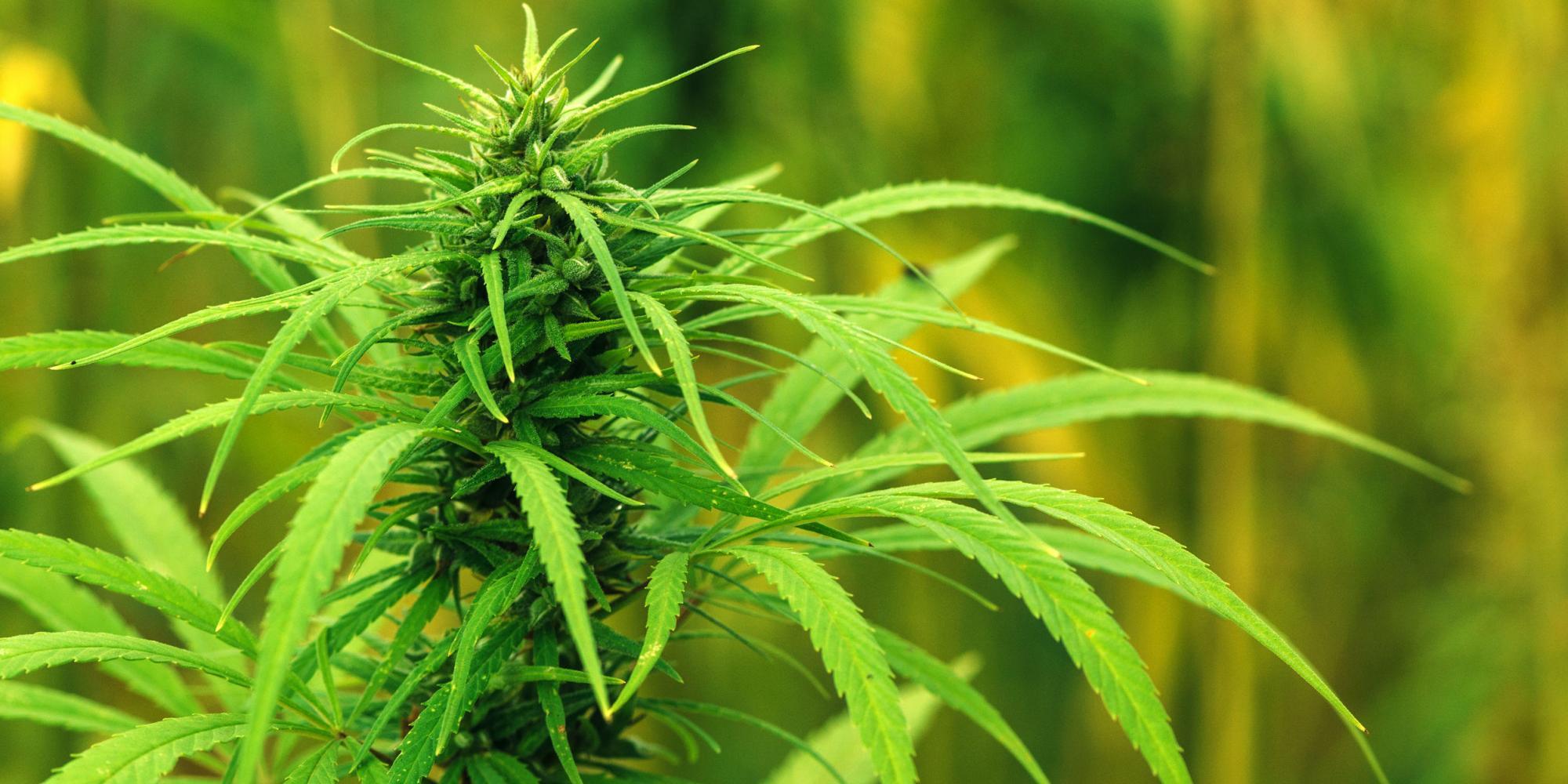11.21.2025
Sausage casings bulletin, November 21, 2025

...

Hemp Bulletin readers may have seen the news that the USDA today released the final rule for the US domestic hemp program. After skimming the several hundred page document, there are some initial takeaways I’ll include in today’s bulletin. The USDA has done an excellent job engaging with the industry, soliciting feedback, and carefully considering that feedback. Their rules emphatically show that the agency seeks to support the continued growth of a US hemp industry, contending with historically low hemp prices.
Cannabinoids took USDA leadership by surprise, as they did lawmakers, state agencies, and law enforcement. It is clear that cannabinoids are the impetus for key provisions in the ruleset, though hempseed and fiber varieties will not suffer any disadvantage as a result. There remains a good deal of skepticism about hemp, particularly on the part of law enforcement, who are now seeing black market MJ operators use hemp as a cover. Sonny Perdue reportedly had no fondness for the cannabinoid and flower markets in particular, and if that is the case, this ruleset shows considerable objectivity to these segments, despite what was palpable pushback from DEA during the process.
Key points in the document include the increase of the negligence threshold to 1% THC, with one ‘hall pass’ each year, to cross this threshold without fear of prosecution. Farmers were also cut some slack in the timeline for sampling and harvesting, increasing the window to 30 days.
The USDA provided new sampling guidance, changing the guidelines for sampling plants to target apical flowers, with specificity on the location for selecting colas for analysis. This will present challenges to farmers producing high cannabinoid plants, particularly craft flower that often exceeds the .3% threshold, because the sampling in the field was a more homogenous, whole plant, representative sample. The sampling rule is practical, science-based guidance.
Farmers will also have options to remediate hot hemp crops, by destroying the high cannabinoid flowers and keeping what is compliant. They may also create a homogenous biomass blend that brings total content below the .3% requirement. They will continue to have to use DEA registered labs, but the USDA will not enforce this until 2022.
The new Biden administration could mean more change for all of cannabis, and there may also be legislative efforts to increase the THC rule to 1%. This becomes less of a priority with the increased negligence threshold. No question this will help individual producers, but it will not help with oversupply issues.
The optimism shared by hemp stakeholders for the new administration isn’t diminished by these rules, released in the waning days of Trump’s circus. There is much to be hopeful for with both supply and demand aspects of wholesale hemp markets. Sustainable agriculture initiatives present a significant and timely opportunity for the hemp industry.